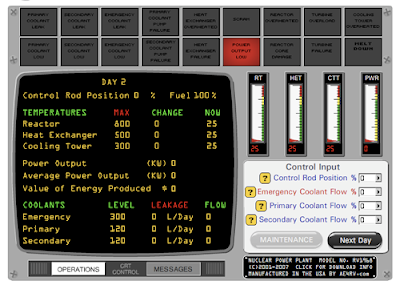Below is from our rapid response team . Yesterday, regional anti-nuclear organizations asked federal nuclear energy regulators to launch an investigation into what it claims are “newly identified flaws” in Westinghouse’s advanced reactor design, the AP1000. During a teleconference releasing a report on the subject, participants urged the Nuclear Regulatory Commission to suspend license reviews of proposed AP1000 reactors. In its news release, even the groups making these allegations provide conflicting information on its findings. In one instance, the groups cite “dozens of corrosion holes” at reactor vessels and in another says that eight holes have been documented. In all cases, there is another containment mechanism that would provide a barrier to radiation release. Below, we examine why these claims are unwarranted and why the AP1000 design certification process should continue as designated by the NRC. Myth: In the AP1000 reactor design, the gap between the shield bu...



Comments
Ingenious summary of how people see nuclear power plants. The fact that maxing out the plant is rather normal, and that a meltdown is only possible after a horrible accident, is somewhat missed. :/
This program is especially guilty of this.
Other interesting details:
-The plant is a 20MWe PWR
-The GUI has 18 annunciator lights, including the comical "Power Output Low" and "Meltdown".
-The GUI outputs four properties that characterize the plant state: Reactor Temperature, Steam Generator Temperature, Cooling Tower Temperature, and Reactor Power, all on analog scales with handy green, yellow and red bands so the operator knows whether the number is OK.
-The operator has control of the Control Rod Positions, Primary Coolant Flow, Secondary Coolant Flow, and Emergency Coolant Flow, all adjustable from 0-100% rated flow.
-The operator can only adjust these variables once per game-day, after which the plant conditions are updated. All transients literally take "days".
I'm a bit curious which equations the simulation is using, but no such information is provided by the website or demo.
Also did anyone else notice the reactor coolant flow diagram? The coolant seems to around the core (down the downcomer, below the core, and back up the downcomer) rather than through it.